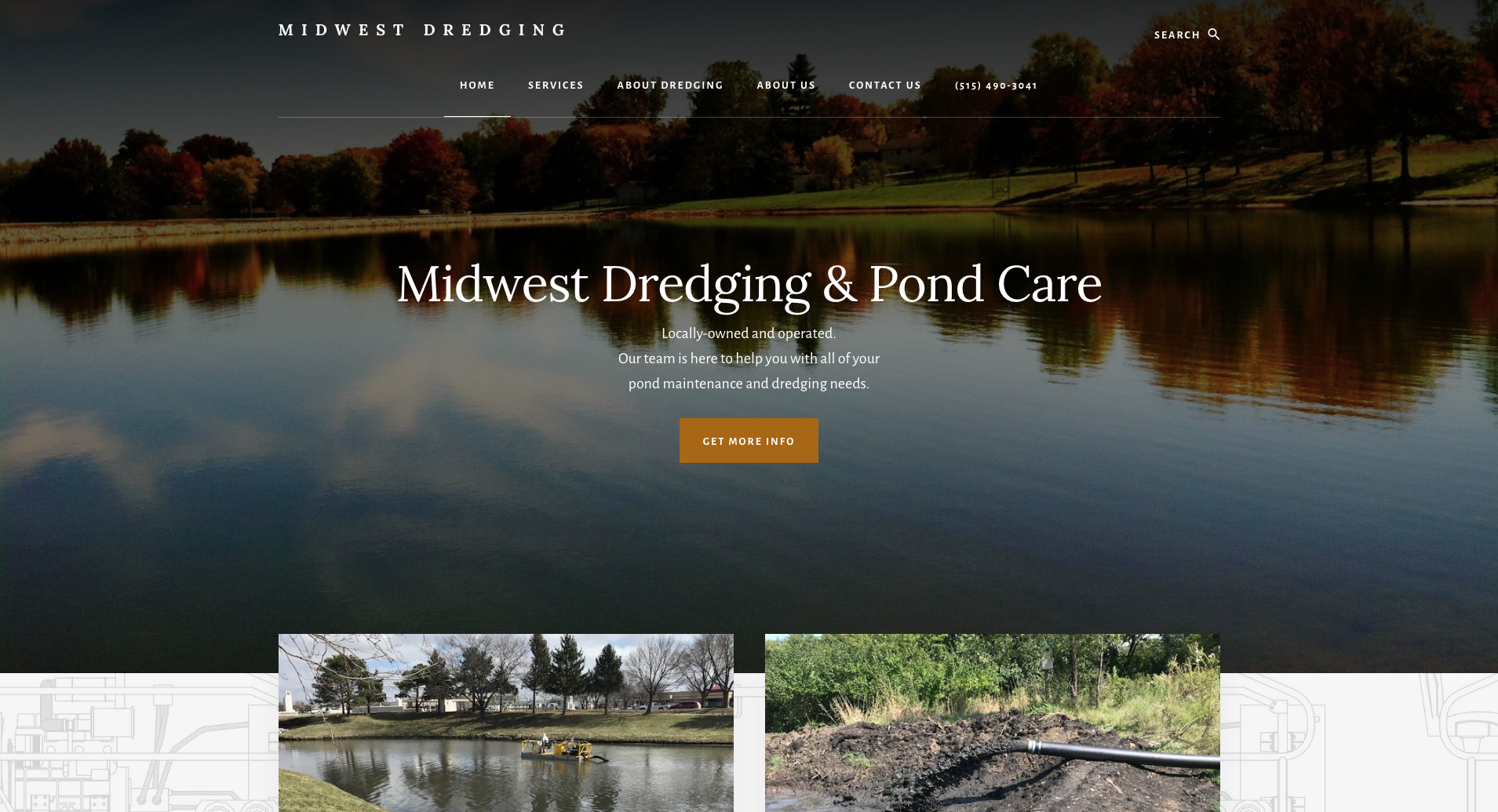
It takes approximately 1000 gallons of water to move one cubic yard of sediment Mixed with water and pumped into the fields through the same hose and drag line injection system as with pumping. This dredge is then moved systematically across the lagoon in swaths or lanes eating or cutting through a 24" layer of silt, sludge or sediment per pass. With dredging a barge with a cutter head is put into the lagoon and it traverses the pond or lagoon on a cable that follows a swath or This site can be close or even several miles away.

Then a high pressure centrifigal pump increases the pressure and volume of effluent so it can be pumped to a spot to deposit or Through a 8" firehose hose that is floated to closest shore line. Long arm that is lowered to the lagoon or lake floor that loosens the substrate enough for a low pressure high volume centrifigal pump to vacuum up and discharge the water silt, sand sludge mix The process includes a dredging barge with a tiller on a Very large lagoons where agitation alone will not suspend solids long enough for pumping.* Lagoons, ponds or lakes with bottoms of sand or heavy sediment that drops out of solution quickly Dense sludge or sediment on lake, pond or lagoon bottoms.Shallow ponds or lagoons such as municipal lagoons where make-up or return water is available.Due to the amount of equipment and complexity of dredging, this is a more expensive option.ĭredging is the method used for small lakes, ponds and lagoons in the following situations: If an active pond, lake or lagoon is not practical toĮffectively agitate or suspend the silt, sand or solids, then dredging is the answer.


 0 kommentar(er)
0 kommentar(er)
